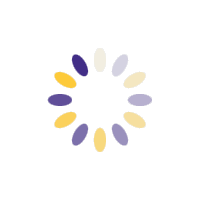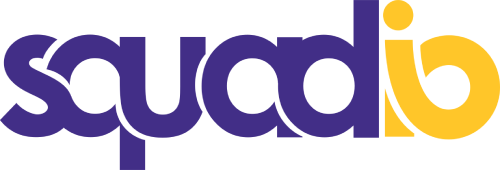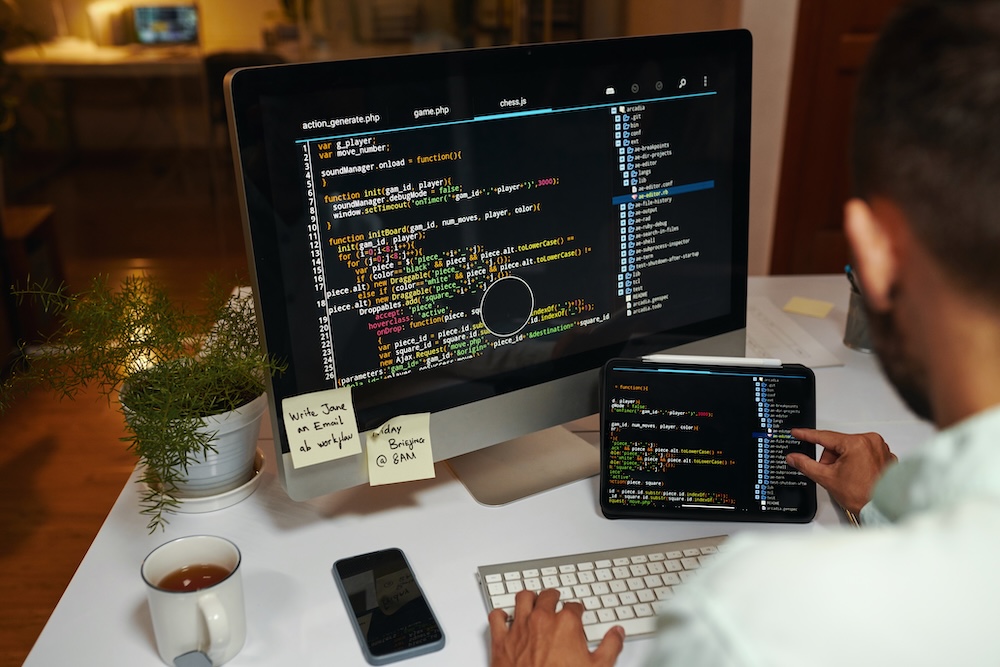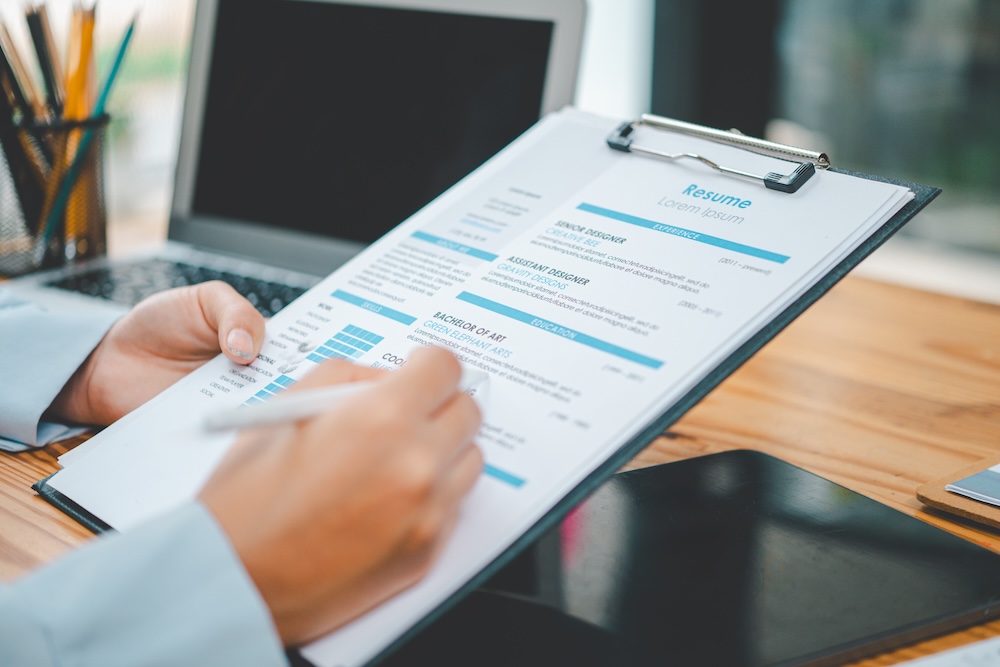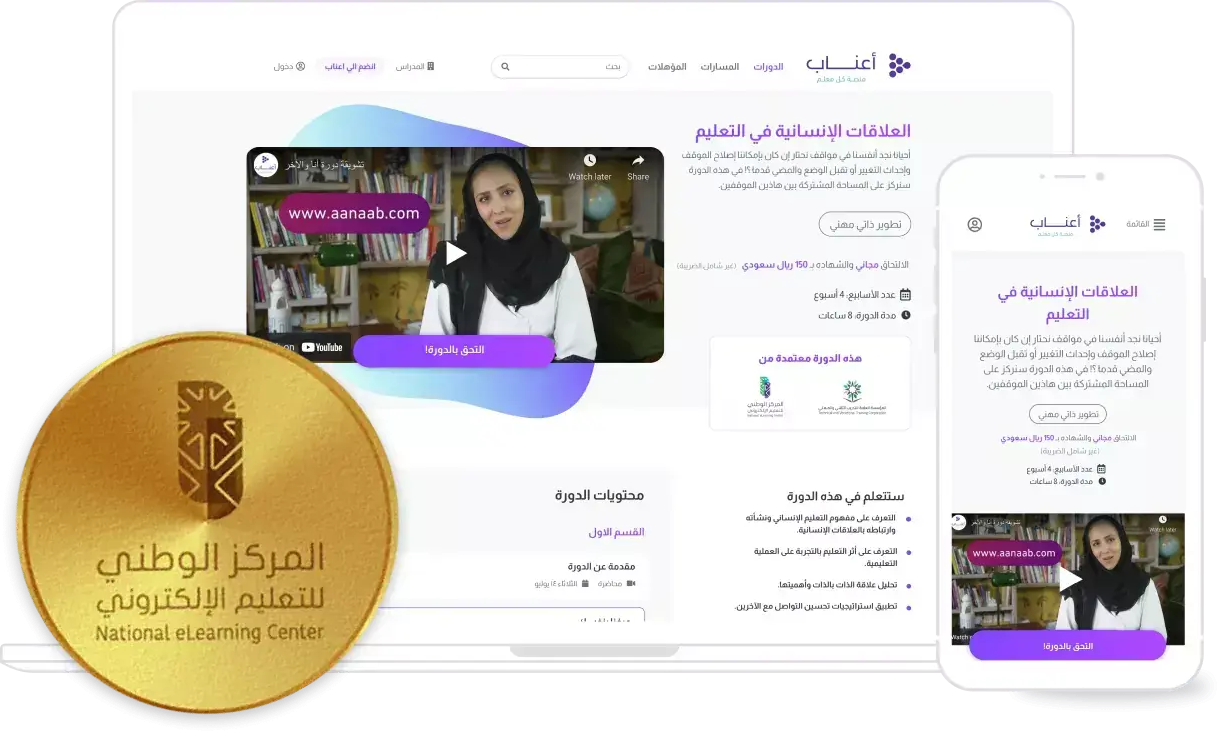As the demand for User Interface (UI) and User Experience (UX) designers grows, so does the competition for top jobs in this field. Whether you’re a seasoned professional or a recent graduate, the key to landing your dream role is acing the interview. This guide will walk you through what to expect and how to prepare for every stage of the UI/UX interview process.
1. Understanding the Role of UI/UX Designers
Before you step into an interview, it’s essential to understand the core responsibilities of UI/UX designers. While UI and UX are often paired, they are distinct roles:
- UI Designers focus on the visual layout of a product, including typography, colors, and interactive elements.
- UX Designers concentrate on the user journey, ensuring that interactions with the product are intuitive and enjoyable.
Many companies look for designers who can bridge both roles, so it’s helpful to demonstrate knowledge and experience in both areas during your interview.
2. Mastering the Basics: What Interviewers Expect
Interviewers often focus on these key areas during a UI/UX interview:
- Design Thinking Process: Be ready to discuss your approach to solving design problems. How do you identify user needs, brainstorm solutions, create prototypes, and iterate based on feedback?
- Portfolio Walkthrough: Your portfolio is the heart of the interview. It’s essential to show diverse projects that demonstrate your skills in different areas of UI/UX design.
- User Research: Be prepared to explain how you conduct user research. What methods do you use? How do you apply research insights to your designs?
- Prototyping & Wireframing: Show proficiency in tools like Figma, Sketch, or Adobe XD. Demonstrate how you create wireframes and prototypes to bring ideas to life.
- Collaboration & Feedback: UI/UX design is collaborative. Show how you work with developers, product managers, and other stakeholders to ensure designs are implemented as envisioned.
3. Preparing for Common UI/UX Interview Questions
It’s crucial to anticipate common UI/UX interview questions. Practice answering these questions confidently:
a. Tell me about your design process.
This question allows interviewers to understand how you approach problem-solving. Walk through each step of your design process, emphasizing research, ideation, prototyping, and testing.
b. Can you walk me through your portfolio?
Choose two or three of your best projects and describe them in detail. Discuss the challenges you faced, how you collaborated with others, and how your design decisions impacted the final product.
c. How do you incorporate user feedback into your design?
Interviewers want to see that you value user input. Highlight how you gather and analyze feedback and how it influences your design iterations.
d. How do you balance user needs with business goals?
UI/UX designers must find a balance between user satisfaction and business objectives. Discuss how you ensure that user needs are met without sacrificing business outcomes.
e. What’s your favorite design tool, and why?
This question is meant to assess your familiarity with design tools. Whether it’s Figma, Sketch, or Adobe XD, explain why you prefer it and how it helps streamline your workflow.
4. The Take-Home Design Challenge: How to Excel
Many UI/UX interviews include a take-home design challenge. Here’s how to shine:
- Understand the Problem: Carefully read the design prompt to understand the user problem you’re solving.
- Research & Ideate: Do a quick round of user research to gather insights. Use this to inform your initial ideas.
- Create a User Flow: Show how users would navigate through your proposed solution.
- Wireframes & Prototypes: Create high-quality wireframes and interactive prototypes to demonstrate your thought process.
- Present Your Work: Prepare a concise presentation that explains your design choices, how you incorporated feedback, and what you would do in the next iteration.
5. Soft Skills Matter: Emphasize Your Collaboration & Communication
While technical skills are critical, soft skills are equally important in a UI/UX interview. You’ll need to demonstrate that you can collaborate effectively and communicate your ideas clearly.
a. Storytelling
Good design is all about storytelling. When walking through your portfolio or presenting a design challenge, tell a compelling story about the user, the problem, and how your design solved it.
b. Empathy
Show empathy not just for users, but also for stakeholders. Discuss how you understand and incorporate feedback from different departments like marketing, engineering, and business.
c. Adaptability
UI/UX design is iterative, and being adaptable is key. Highlight moments when you’ve had to pivot based on new insights or shifting business needs.
6. Showcase Your Knowledge of Industry Trends
UI/UX design is an evolving field, and hiring managers look for candidates who are up-to-date with the latest trends and best practices. Be prepared to discuss:
- Design Systems: How you utilize and contribute to design systems in your projects.
- Accessibility: How you design for accessibility and ensure your products are usable by everyone.
- Emerging Trends: Keep up with trends like micro-interactions, dark mode, and voice UI. Demonstrating knowledge of these trends can set you apart from other candidates.
7. Be Ready for Whiteboard Challenges
In addition to take-home challenges, some companies may ask you to complete a design task during the interview. This could involve sketching out wireframes, creating user flows, or solving a design problem in real time.
- Think Aloud: As you work, explain your thought process. Interviewers want to understand how you approach problems.
- Stay Calm Under Pressure: The goal of these exercises is to see how you handle design challenges on the fly. Don’t panic if you make a mistake—adjust your approach and explain your reasoning.
8. Questions to Ask the Interviewer
At the end of the interview, you’ll often be asked if you have any questions. This is your opportunity to demonstrate your interest in the role and the company. Here are a few thoughtful questions to consider:
- What does success look like for this role in the first six months?
- How does the design team collaborate with other departments?
- What’s the company’s design culture like?
9. Bonus Tips for Acing Your UI/UX Interview
- Dress Appropriately: While many tech companies have casual work environments, dressing professionally for your interview shows that you take it seriously.
- Practice Your Pitch: Have a 30-second elevator pitch ready that summarizes your design philosophy, experience, and what you bring to the role.
- Be Yourself: Show your personality during the interview. Companies want to hire someone who fits in with their team culture.
Conclusion
Acing a UI/UX interview requires a blend of technical expertise, a deep understanding of user-centered design, and strong communication skills. By preparing thoroughly, practicing common interview questions, and showcasing your portfolio effectively, you can confidently step into your interview and land that dream UI/UX role. Good luck!
